MARKET OVERVIEW
The global chronic eye diseases market is a complex and dynamic environment, made up of numerous stakeholders who each bring their specialized knowledge and resources to the table for the ultimate aim of improving the health of eyes. This space caters to the medical requirements of millions of people globally suffering from such chronic eye diseases like glaucoma, age-related macular degeneration (AMD), diabetic retinopathy, and other eye diseases that can make a significant difference to the way one lives. This essay explores the global chronic eye diseases market, providing details of its make-up, the challenges it encounters, the changing landscape, and the central role it plays in maintaining the health of patients with chronic eye diseases. Pharmaceutical companies are the leading developer to drive the innovation of new medicines and new therapies to prevent and help curtail the effects chronic eye disease. These companies invest vast financial resources into research and development to discover new medicines and develop enhanced medicine that may bring better outcomes. Examples of this are anti-VEGF medications for AMD and prostaglandin analogues for glaucoma.
Medical device manufacturers are also a major part of this industry. These manufacturers fabricate various types of medical apparatus and equipment that are used for diagnosis, surgery, and care of patients with eye diseases. These developments have changed the paradigm for the evaluation and treatment of chronic eye diseases from medical imaging systems to minimally invasive surgical devices used for various ocular surgical procedures.
Health care providers including ophthalmologists, optometrists, and retina specialists are the centerpiece of this industry because they are responsible for the clinical practice and for providing individualized treatment to people with chronic eye disease. They undertake everything from initial diagnosis to chronic eye disease long-term management, and they make sure that the patients receive maximum care.
Global chronic eye diseases market is expected to grow up to $12,265.8 Million by 2032; increasing at a CAGR of 5.2% from 2025 to 2032.
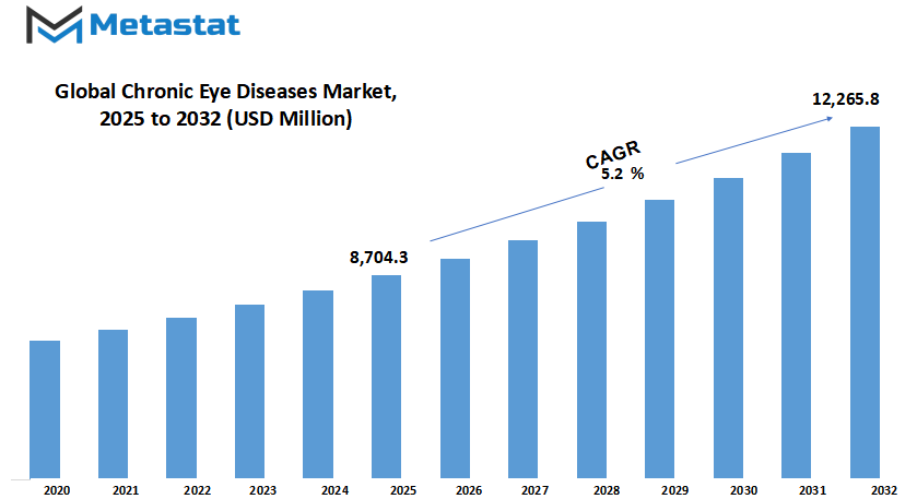
GROWTH FACTORS
Grasping the fundamental drivers, potential constraints, and opportunities of importance in this market is very important. Chronic eye diseases, including glaucoma, diabetic retinopathy, and age-related macular degeneration, are found in a large percentage of the world's population. The increasing instances of chronic eye diseases (many of which are related to age and/or lifestyles) are fuelling the growth in demand for effective treatment and management. The increase in chronic eye disease incidence is a primary driver of market growth. Finaly, other innovations in medical device technology and treatment are another main driver of growth in the market. Advances in diagnosis, surgery, and drug treatment have improved management of chronic ocular disease. Continuous advances offer better treatment outcomes for patients and increased interest and research by drug companies and other healthcare organizations.
However, there are still challenges. Medication and chronic eye disease treatments are outrageously costly, and in some communities the costs of medicine restrict access to such treatments. There is still a lack of awareness and early detection within some communities that hinder prompt intervention and treatment.
Regulatory and reimbursement considerations also affect market expansion. Harmful regulatory demands can slow new treatments to be approved, while uncertainty over reimbursement policy can affect the cost-effectiveness of chronic eye disease management.
Despite these challenges, there are bright spots on the horizon. The increasing number of older individuals, especially in developed nations, generates a large population of individuals who will have to deal with chronic eye disease. In addition, the intensifying emphasis on telemedicine and remote patient monitoring will enhance access to treatment and early detection and will continue to propel market expansion.
There is a multifaceted combination of factors that could affect the global chronic eye diseases market. Increased prevalence of chronic eye disease and ongoing advances in medical technology are two key drivers. Cost constraints, unawareness, and regulatory issues can hinder progress, though. Prospects in the elderly population and telemedicine are beacons in the distance for the market's future growth.
MARKET SEGMENTATION
By Type
The global chronic eye diseases market is a dynamic environment with numerous segments that contribute to its expansion. These segments highlight the richness and complexity of the issues that chronic eye diseases present, such as the cost burden, treatment methods, and raising awareness.
Among the major segments in the global chronic eye diseases market, that of type categorization stands prominent. Under this segment, there are a number of subsegments that go a long way in helping us comprehend the intricacies of these diseases. Here, the Diabetic and Hypertensive Retinopathy segment is particularly important. In 2025, the segment was worth a whopping 1,942.3 USD Million. This is an indication of just how important these retinopathies are in the context of chronic eye diseases.
Another significant subsegment is Age-Related Macular Degeneration (AMD). In the same year, the Age-Related Macular Degeneration segment valued at 2,066.6 USD Million. The dominance of this segment reflects the reach and effect of AMD, a disorder that mostly targets older people.
Cataracts, a common eye disease, also carry a lot of market value. In 2020, the Cataracts segment was worth 1,648.8 USD Million. The high prevalence of cataracts and the need for good treatment options add to the value.
Thyroid Ophthalmopathy, which is commonly found in Grave's Disease, is another critical subsegment. The Thyroid Ophthalmopathy segment was valued at 936.3 USD Million in 2025. This segment emphasizes the significance of treating eye disorders that are causally related to thyroid disorders.
Dry Eye Glaucoma, a disease with various complications, is a major part of the market. The Glaucoma Dry Eye segment was 1,506.9 USD Million in 2025. This is indicative of the demand for holistic methods to treat glaucoma and dry eye conditions.
The market also comprises others category, which includes a variety of less common chronic eye conditions. This category accounted for 603.5 USD Million in 2025. Although each of these separately holds lower incidence, when combined, they add to the variety of issues in the global chronic eye diseases market.
The chronic eye disease market is a complex area with several subsegments. Every subsegment is a distinct set of conditions, treatment requirements, and economic factors. The value of the segments in 2025 offers a glimpse into economic and healthcare context of chronic eye diseases and underscores the necessity of ongoing research, innovation, and patient-centered strategies to address these conditions effectively.
By Product Type
The global chronic eye diseases market is a pluralistic one, with the different product types being specifically tailored to meet the unique needs of patients. These products are central to controlling and curing chronic eye diseases. The product types include Eye Drops, Eye Ointment, Gel, Liquid Wipes, and Others.
Eye Drops, a popular product in this segment, possessed a huge value of 5,033.9 USD Million in 2025. Eye Drops are popular among patients because they are easy to apply and provide instant relief from symptoms. They come in many different types, ranging from artificial tears to medication drops, and provide an ample choice to treat various eye conditions.
Eye Ointment, another major product segment, stood at 1,804.3 USD Million in 2025. Eye ointments have a longer duration of action than eye drops. They are particularly useful for patients with chronic conditions that demand continuous lubrication and protection. Ointments are usually instilled at night to act overnight.
Gel, which is usually combined with eye drops and ointments, is a critical component of the global chronic eye diseases market. The Gel segment was valued at 1,320.0 USD Million in 2025. Eye gels are reputed for delivering sustained hydration and are best suited for patients suffering from severe dry eyes. They have a thicker, more viscous texture than drops or ointments and thus provide sustained contact with the eye surface.
Liquid Wipes worth 1,320.0 USD Million in 2025 are an ideal option for those who want to quickly and easily cleanse their eyes. These wipes are frequently used to clean and freshen the area around the eyes. Liquid Wipes offer a convenient way to ensure eye health, particularly while on the move.
The Others category, worth 546.1 USD Million in 2025, includes a range of products that serve special purposes in the global chronic eye diseases market. It consists of new-age solutions and upcoming products that provide advanced benefits for patients. These are constantly advancing to deliver better and easier means to manage chronic eye disorders.
The global chronic eye diseases market provides a variety of product types, each formulated to meet specific requirements in treating and managing chronic eye diseases. From the popular Eye Drops to the long-lasting eye relief that Eye Ointments and Gels have to offer, and the added convenience of Liquid Wipes, patients have a myriad of choices. The Others category also keeps the market innovating and developing, ensuring a better future for those with chronic eye diseases.
By Medication
The global chronic eye diseases market includes various segments of medications that play crucial roles in controlling eye health issues. They include Anti-Inflammatory, Immunosuppressive, Anti-Glaucoma, Lubricating Agents, and Others.
The Anti-Inflammatory segment of this market accounted for a high worth of 3,690.1 USD Million in 2025. The segment is mainly dealing with medication used to suppress inflammation in the eye. Inflammation is often an accompanying characteristic in many chronic eye diseases, and anti-inflammatory medication is employed in treating them, bringing ease to the patients.
Once again, another gigantic segment is the Immunosuppressive segment, which was worth 1,452.4 USD Million in 2025. This class of drug is incredibly significant whenever there is a requirement to suppress the immune system so that it will not attack the eye's own tissues. This is especially true with autoimmune eye diseases where the immune system of the body is misguided. The Anti-Glaucoma segment forecasted to be at 1,421.8 USD Million in 2025, deals with treating one of the most common ocular diseases, glaucoma. The drugs aid in decreasing intraocular pressure, which is one of the main parameters in treating and avoiding the advancement of glaucoma.
Lubricating Agents, priced at 1,186.1 USD Million in 2025, have a contrasting function. They're necessary to relieve the symptoms of chronic dry eye. Lubricating agents help to retain lubrication and moisture on the surface of the eye, reducing discomfort and irritation.
The Others category, valued at 953.9 USD Million in 2025, includes drugs that do not necessarily fall under the above categories. This category may include some specialized drugs targeting various chronic eye diseases not addressed by the major categories.
Every one of these drug segments in the global chronic eye diseases market is crucial in the control and treatment of various eye-related health conditions. They help to enhance the quality of life of people afflicted with chronic eye diseases by directly targeting particular symptoms and root causes, eventually leading to their improvement in eye health and well-being.
By Route of Administration
The global chronic eye diseases market involves multiple modes of administration, each forming part of the overall scenario. These various avenues underscore the changing trends in the treatment of chronic eye disorders. Four main segments, i.e., Oral, Topical, Ocular, and Others, constitute central positions in tackling the challenges of chronic eye diseases.
The oral route, worth 419.5 USD million in 2025, is one of the methods used in treating chronic eye disease. This method includes the utilization of oral drugs, which can offer a systemic cure from eye problems. These treatments are established to address not only the symptoms but also the root causes of chronic eye disease.
Topical treatment, with a market capitalization of 3,068.7 USD million in the year 2025, provides an external solution. Topical medications are usually in eye drop or ointment form. These are applied on the surface of the eye, and they release relief for dry eye, glaucoma, etc., at the affected site. They are easy to use and target the site of application.
Ocular delivery, worth 5,033.9 USD million in 2025, follows a more specific path. Ocular therapies are formulated for intraocular administration, where they are delivered inside the eye. It is frequently utilized in the case of severe and chronic diseases, such as age-related macular degeneration, to deliver medication directly for improved results.
The Others category, which covered 182.2 USD million in 2025, includes non-traditional routes of administration. It includes novel techniques and developing technologies that continue to increase the scope of treating chronic eye diseases. It is a dynamic and developing area in the field.
The route of administration is determined by a number of factors such as the nature and severity of the chronic eye disorder, patient preference, and efficacy of current treatments. The global chronic eye diseases market, with its variety of routes of administration, reflects the continued attempts at improving the quality of life for patients with these conditions. In a quickly evolving medical world, these alternatives offer promise for enhanced management and, in the long run, improved results for patients with chronic eye conditions.
|
Forecast Period |
2025-2032 |
|
Market Size in 2025 |
$8074.3 million |
|
Market Size by 2032 |
$12,265.8 Million |
|
Growth Rate from 2025 to 2032 |
5.2% |
|
Base Year |
2024 |
|
Regions Covered |
North America, Europe, Asia-Pacific Green, South America, Middle East & Africa |
REGIONAL ANALYSIS
The global chronic eye diseases market is geographically segmented, i.e., into Europe and North America. Geographical segmentation enables comprehensive examination of the market trends in both regions.
North America comprises the U.S. and Canada, and it is also a leading world contributor to the market for Chronic Eye Disease. The region is well provided with a good healthcare system, advanced medical technology, and a high incidence of eye diseases, favoring the growth and development of the market. North America is also home to some of the biggest pharmaceutical and biotech firms, adding to increased research and development for drugs used in chronic eye disease.
Europe, consisting of countries like the United Kingdom, Germany, and France, also holds a large share in the global market. Europe's market is blessed with a well-established healthcare system and an ageing population prone to age-related eye disease. This demographic shift necessitates increased medical attention to treat eye diseases related to age, necessitating demand for therapies and treatments.
Furthermore, Europe places a particular focus on research and development, with the synergy between research institutions, drug manufactures, and healthcare systems. This shared environment cultivates new treatments and therapies for chronic eye diseases to surface.
Overall, examining the global chronic eye diseases market regionally across Europe and North America provides insight into market trends, treatment trends, and research taking place across these markets. Europe and North America are both positioned as both leaders in digesting the treatment trends for chronic eye disease, thus answering the need of their local populations.
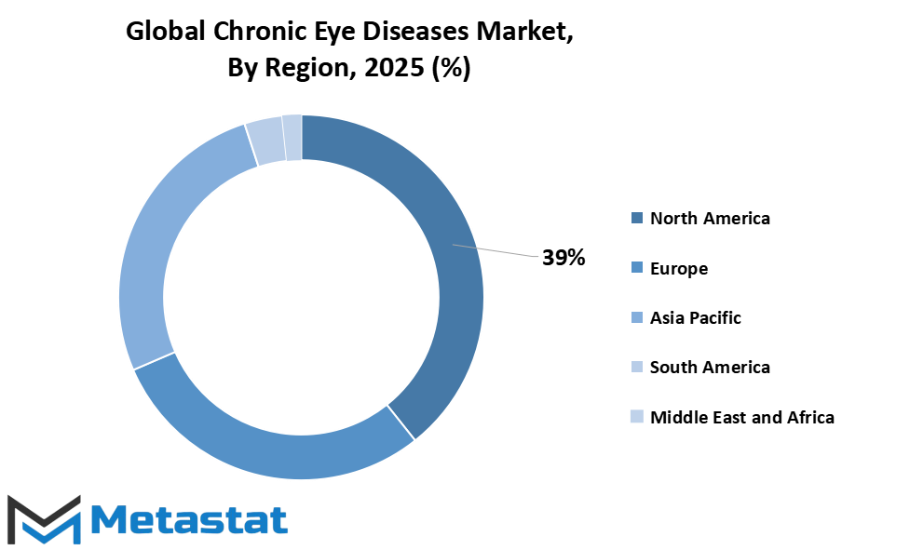
COMPETITIVE PLAYERS
The global chronic eye diseases market is a vibrant industry with several powerful players. Key among these key players are Novartis AG and AbbVie.
Novartis AG, the premier pharmaceutical firm, has a significant presence in the global chronic eye diseases market. The firm has a focus on the creation of new drugs and treatments for chronic eye conditions. The firm has set a leadership role within the global chronic eye diseases market with strong contributions towards the innovation of chronic eye condition managing and treating. By their R&D activities, they have come up with novel drugs that have benefited millions of patients who are chronically afflicted with eye diseases and eventually improved their lives. AbbVie, another leading player in the Chronic Eye Diseases industry, has made innovative contributions to the space.
The company's emphasis on research and innovation has resulted in the development of innovative therapies to treat chronic eye diseases. In addition to developing therapies as another option for patients, AbbVie raised the standard of care in the therapy area to an altogether different level as a result of those efforts. At the same time, their commitment to the betterment of the lives of patients with chronic eye disease, even further conveyed by examples of further research activity and therapies under study, is clear. AbbVie and Novartis AG stand at the forefront of chronic eye disease treatment. This work is built upon deep commitment to innovation and patient focus and is part of the industry's legacy. These key players in the eye care industry exemplify the industry's hope of presenting better solutions and a better future to the patients suffering from chronic eye diseases.
Chronic Eye Diseases Market Key Segments:
By Type
- Diabetic and Hypertensive Retinopathy
- Age-Related Macular Degeneration (AMD)
- Cataracts
- Thyroid Ophthalmopathy (Grave’s Disease)
- Glaucoma Dry Eye
- Others
By Product Type
- Eye Drops
- Eye Ointment
- Gel
- Liquid Wipes
- Others
By Medication
- Anti-Inflammatory
- Immunosuppressive
- Anti-Glaucoma
- Lubricating Agents
- Others
By Route of Administration
- Oral
- Parenteral
- Ocular
- Others
Key Global Chronic Eye Diseases Industry Players
- Novartis AG
- AbbVie
- Alcon
- Akorn
- Santen Pharmaceutical Co., Ltd.
- Bausch & Lomb Incorporated
- Kala Pharmaceuticals
- Ocular Therapeutics
- Regeneron Pharmaceuticals
- OASIS Medical
- Sun Ophthalmics
- OCULUS Surgical
- VISUfarma
- Sentiss Pharma
- Aerie Pharmaceuticals
WHAT REPORT PROVIDES
- Full in-depth analysis of the parent Industry
- Important changes in market and its dynamics
- Segmentation details of the market
- Former, on-going, and projected market analysis in terms of volume and value
- Assessment of niche industry developments
- Market share analysis
- Key strategies of major players
- Emerging segments and regional growth potential



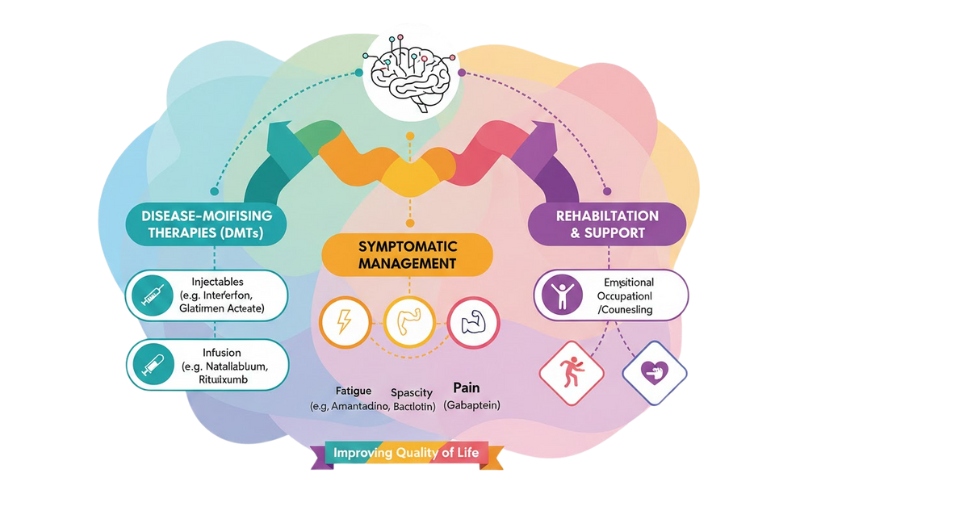
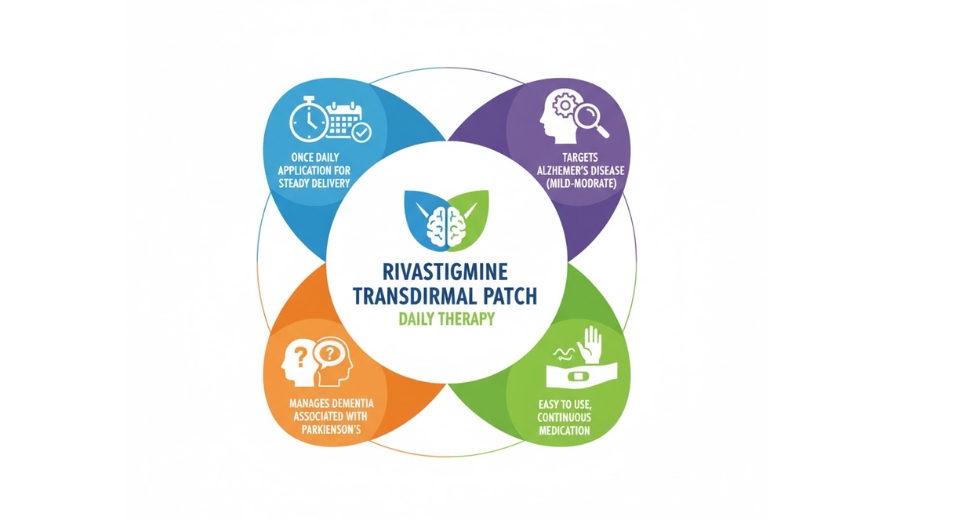
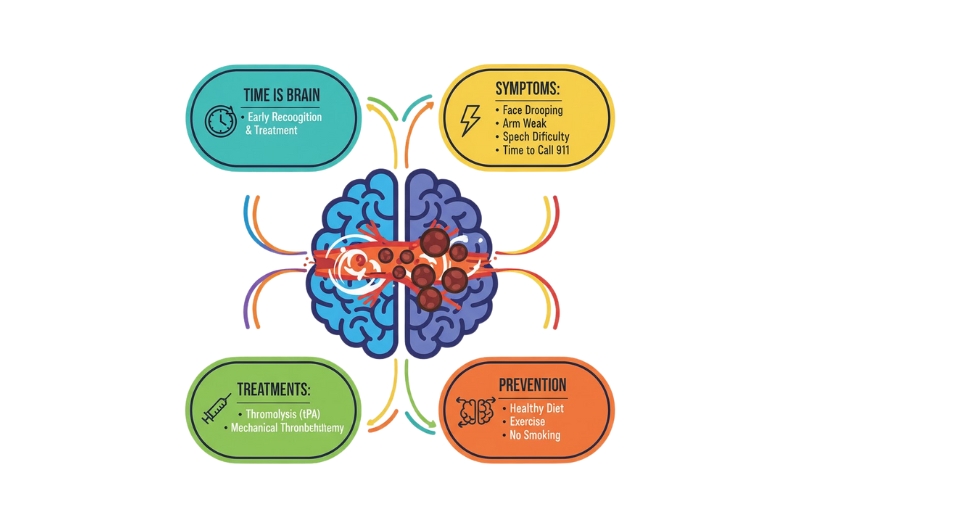
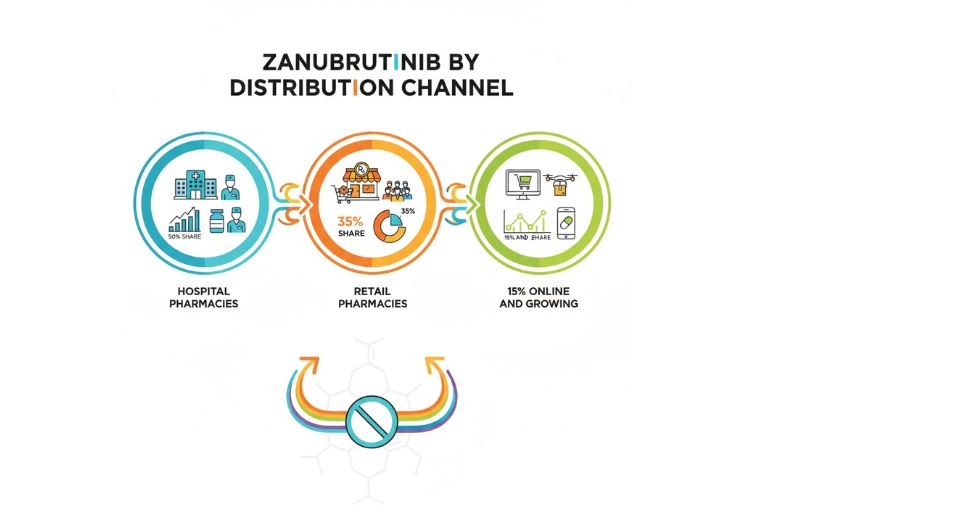

 US: +1 3023308252
US: +1 3023308252






